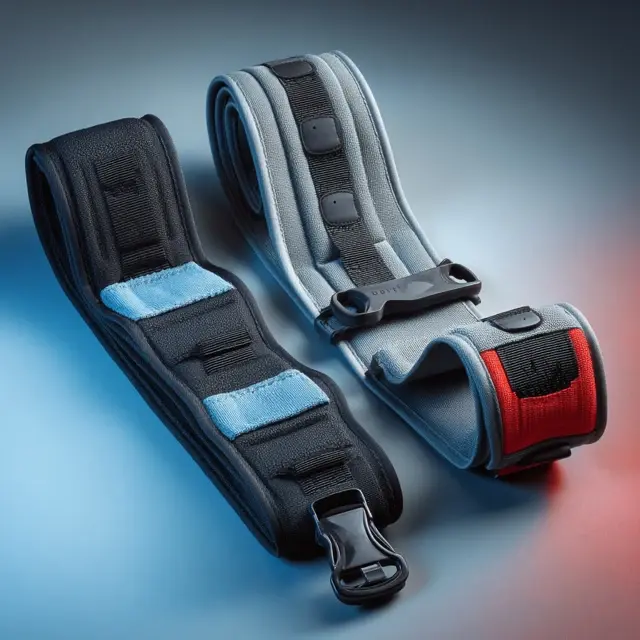Running Belt Fit Tips: Waist vs Hip Placement
One of the most common questions runners face is where to wear their running belt. Should it sit at the waist or lower on the hips? The answer depends on body shape, running style, and comfort preferences. This guide explores the pros and cons of each placement and provides tips for achieving the best fit.
Why Placement Matters
The position of your running belt affects stability, bounce, and accessibility. A belt that sits too high or too low can shift during a run, causing discomfort and distracting you from your performance. Understanding waist vs hip placement helps you choose what works best for your stride.
Waist Placement
Wearing a running belt around the waist is the most traditional option. It works well for runners who want quick access to their gear without bending or adjusting mid-run.
Advantages of Waist Placement
- Accessibility: Easier to reach pockets or zippers.
- Good for shorter runs: Works well when carrying minimal items.
- Better for slim belts: Lightweight designs sit comfortably at the waist.
Disadvantages of Waist Placement
- Can restrict breathing if worn too tightly.
- More prone to bouncing with heavier loads.
- May ride up on certain body shapes.
Hip Placement
Placing a running belt lower on the hips often provides more stability, especially for longer distances and heavier storage needs.
Advantages of Hip Placement
- Reduced bounce: The hips naturally stabilize weight better than the waist.
- Comfort for long runs: Allows deeper breathing and less restriction.
- Works with larger belts: Hydration and multi-pocket belts sit more securely here.
Disadvantages of Hip Placement
- May feel bulky with layered clothing.
- Harder to access items quickly while running.
- Can slide if the belt lacks grip or adjustability.
How to Decide Which Placement Works Best
To determine whether waist or hip placement is right for you, consider:
- Your body type: Petite runners may prefer waist placement, while curvier body shapes may find hip placement more stable.
- Your distance: Waist placement is fine for short runs, but hips are better for long training or races.
- Your gear load: Carrying only keys and ID? Waist works. Bringing hydration and snacks? Hips are likely better.
Tips for a Secure Fit
- Adjust the strap snugly without restricting movement.
- Test both placements during training before race day.
- Look for belts with anti-slip linings to prevent shifting.
- Distribute weight evenly across pockets to avoid imbalance.
Conclusion
Both waist and hip placements have their benefits. A running belt at the waist offers accessibility, while hip placement provides stability for longer runs. The key is to test both positions and choose what feels most natural for your body and training style.
For further insights, explore our running gear fit guides and belt stability solutions.




